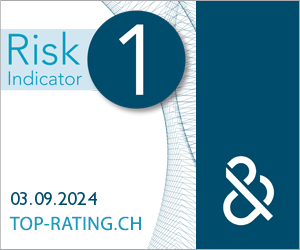Rheumatology
Home > Breadcrumbs
Musculoskeletal system
The musculoskeletal system ensures that the body remains in a defined form but still can move in a purposeful manner. It consists of the skeleton, muscles, tendons and ligaments.
The skeleton is comprised of over 200 differently shaped bones (tubular bones and flat bones). The contraction and relaxation of the muscles determines which movements the body makes. To convert the force developed by the muscles into a movement of the bones, both must be connected with one another. This connection is produced by the tendons, which are partially protected by the tendon sheaths from friction. The ligaments produce the connections between bones. They help to stabilize the joint. Bursae are located at places where muscles slide directly over the bones and protect muscles and bones from pressure and friction.





